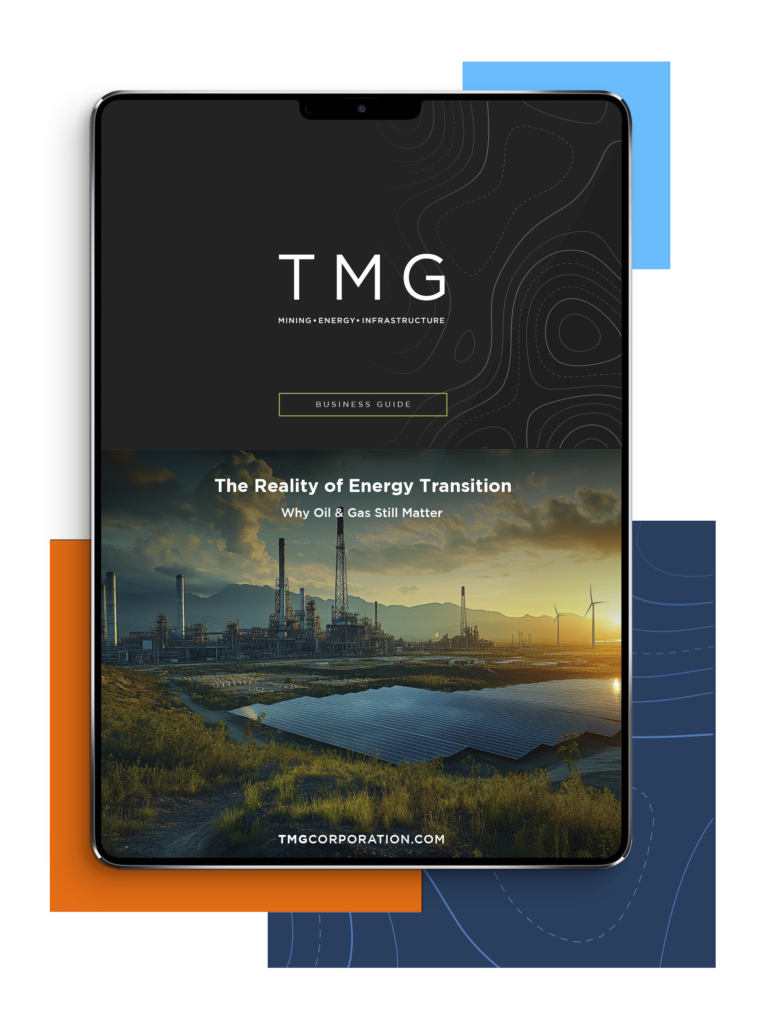Call Us Today: +1 866 205 2414
On May 1, 2025, the U.S. federal government added ten more mining projects to the FAST-41 permitting fast track. This quiet announcement represents one of the most significant shifts in North American mining policy in over a decade. Among the new designees are Glencore and Teck Resources Limited’s copper-nickel project in Minnesota, Energy Fuels Inc.’s uranium development in New Mexico, Hecla Mining’s silver project in Alaska, and Sibanye-Stillwater’s palladium expansion in Montana. Even Chemours made the list, fast-tracking a titanium dioxide project in Georgia.
What makes this moment so remarkable isn’t just the number of projects approved—it’s the timing. Permitting, long seen as one of the most significant chokepoints for North American mining operations, has abruptly become the tailwind. But with acceleration comes a harsh truth: many companies aren’t ready to move.
This Is No Longer a Game of Potential—It’s Execution Time
This market is no longer about exploration, potential, or political positioning. This is about shovel-ready projects. The government isn’t signaling—it’s executing. And while industry veterans may call it a win, a closer look reveals that most mining companies will struggle to seize the advantage. Because permitting reform may have sped up, but project readiness hasn’t.
Take one of TMG’s existing clients with an asset in California as a cautionary example. Although not on the FAST-41 list, the company applied for its permit, expecting the usual 12–18-month delay. Instead, they received it in just four days. The result? A scramble to revise feasibility studies, stand up early works infrastructure, and update procurement frameworks—all under pressure they hadn’t planned for. Their experience is now the blueprint for what happens when policy sprints ahead of operations.
A Changing Landscape: Permitting Timelines Collapse
Historically, it took U.S. mining projects seven to ten years to work through permitting alone. Even under ideal conditions, few projects reached shovel-ready status in under five years. But that’s changing rapidly. According to the National Mining Association, the number of projects approved in under two years has jumped from 8% in 2022 to 22% in 2024, with projections pushing that figure to over 35% in 2025. Projects previously pacing for 2027 construction starts now face real expectations of breaking ground by early 2026.
This acceleration is not theoretical. It’s a structural shift backed by federal policy coordination. And with FAST-41’s growing track record, it’s no longer a pilot program—it’s a priority pipeline.
Why Critical Minerals Are Under the Microscope
The pressure is especially intense for developers of critical minerals. Demand for copper, palladium, and uranium has surged, with governments prioritizing domestic production to safeguard supply chains and reduce geopolitical risk.
Copper futures remain above $4.50/lb amid record investment in renewable infrastructure and electric vehicle production. Uranium is experiencing a historic rally, with spot prices climbing over 40% in the past 12 months as Western governments work to revive nuclear energy portfolios. Palladium, essential for catalytic converters and hydrogen fuel cells, is under supply pressure due to both sanctions and declining South African output.
These prices aren’t academic—they’re market signals screaming for supply. And any delay in bringing these newly permitted projects online isn’t just a lost opportunity—it’s a material financial loss. For some of these firms, every quarter spent “catching up” could translate into tens of millions in unrealized revenue.
The Real Bottleneck: Operational Readiness
The core issue isn’t regulatory—it’s readiness. While most companies have internal project plans, those plans are preliminary as they were generally built around slower permitting timelines. Feasibility studies may still be in draft form or based on outdated market assumptions. Owners’ teams may be structured for incremental study development, not large-scale execution. Capital-raising efforts, project frameworks, and procurement schedules often lag far behind the pace of these new regulatory approvals.
The result is a dangerous mismatch between what’s now possible and what companies can deliver. The FAST-41 list isn’t a Public Relations stunt. It’s a multi-agency federal commitment to accelerate outcomes. Those who ignore that urgency will find themselves on the outside looking in as competitors take advantage of the most favorable market conditions in a generation.
The Playbook Has Changed—And Few Have Read It
At TMG, we’ve seen this cycle play out before. From uranium developments in the Southwest to base metal plays in Alaska and the Midwest, we’ve partnered with mining companies navigating bureaucratic delays and unexpected accelerations. In every instance, the difference between those who succeeded and those who faltered came down to organizational agility.
This isn’t just about the quality of your feasibility study. It’s about whether your leadership team is aligned, your procurement models are agile, and your capital partners are ready to move with urgency. It’s about whether decisions can flow from the boardroom to the job site in weeks, not quarters.
Many mining companies still use stage-gating models that assume 18-month decision cycles, vendor engagement timelines tied to annual budget reviews, and execution models that haven’t been updated since their last Preliminary Economic Assessment. While these might have worked before, they won’t now.
Where TMG Comes In: Bridging the Gap from Permit to Project
TMG specializes in helping mining companies move from “paper-ready” to “project-ready.” Our integrated teams support all aspects of execution readiness, from scoping gap analysis, feasibility study updates and owner’s team structuring to procurement planning, capital alignment, early works logistics, and construction partner engagement.
We’ve built our reputation on delivering tangible outcomes, not generic playbooks. Our engagement model is hands-on, discreet, and focused entirely on execution. Whether your permit landed ahead of schedule or you’re anticipating a FAST-41 green light in the next quarter, we bring the speed, structure, and experience required to move now, not later.
The Window Won’t Stay Open Forever
In this new permitting era, luck is no longer a gift. It’s a test. If your project has been fast-tracked and you’re still waiting to mobilize, you’re not ahead of schedule—you’re already behind. The government has lit the path, but someone else will walk it if you can’t.
You don’t need to navigate this moment alone. TMG is ready to help you capitalize on the permitting breakthrough with a structured, accelerated, and disciplined execution approach. The projects that succeed won’t be the ones that got permits—they’ll be the ones that were prepared for everything that came next.
Act While the Momentum Is Yours
If your project has been permitted or is further along than expected, now is the time to engage. TMG offers confidential project readiness assessments and deep execution support tailored to your specific stage and commodity focus.
Don’t let this rare moment of alignment between policy and opportunity slip away. Contact TMG today to take the next step toward project execution. Let’s turn your early permit into long-lasting success.
If your project has been permitted or is further along than expected, now is the time to engage. TMG offers confidential project readiness assessments and deep execution support tailored to your specific stage and commodity focus.
Don’t let this rare moment of alignment between policy and opportunity slip away. Contact TMG today to take the next step toward project execution. Let’s turn your early permit into long-lasting success.


Vice President / U.S. Country Lead
Lowe Billingsley is Vice President and U.S. Country Lead at TMG, offering more than three decades of international leadership experience across mining, energy, and infrastructure. His expertise spans executive operations, multi-disciplinary project delivery, and cultural transformation in complex, performance-driven organizations. With a strong background in organizational development and execution leadership, Lowe is known for his ability to establish aligned, accountable teams that deliver consistently across diverse jurisdictions and high-stakes operating environments.
At TMG, Lowe leads U.S. project delivery strategy, supporting clients through permitting coordination, project readiness reviews, and integrated construction planning. He brings practical field knowledge to overseeing program mobilization, local workforce integration, and contractor engagement in regulated environments. His leadership ensures technical objectives are aligned with stakeholder mandates, and he routinely advises on governance structure, KPI development, and Owner-side risk mitigation strategies.